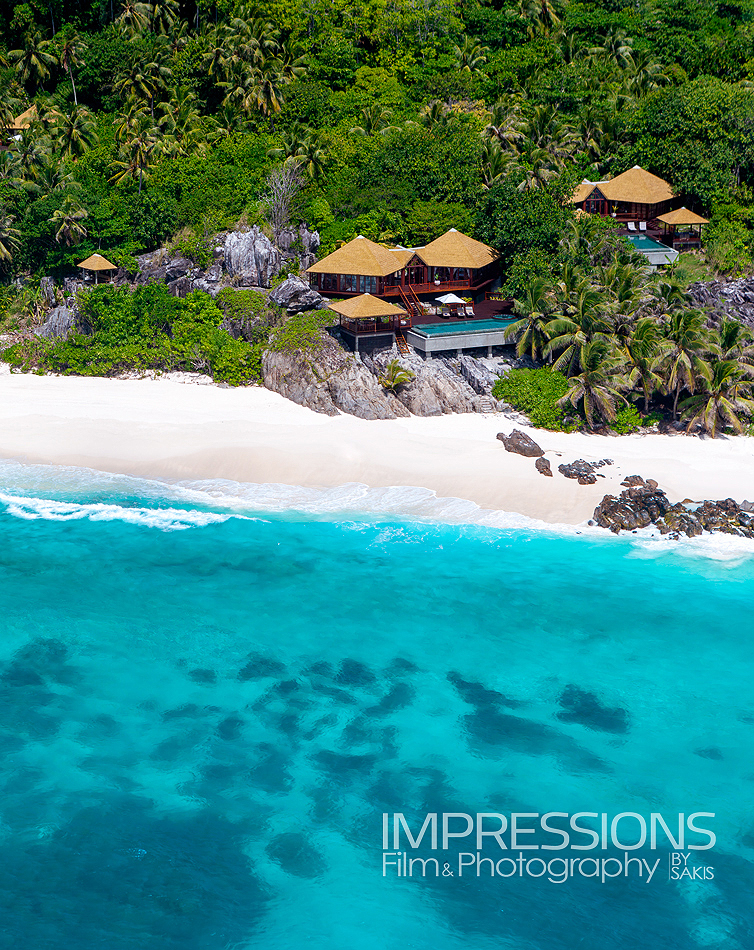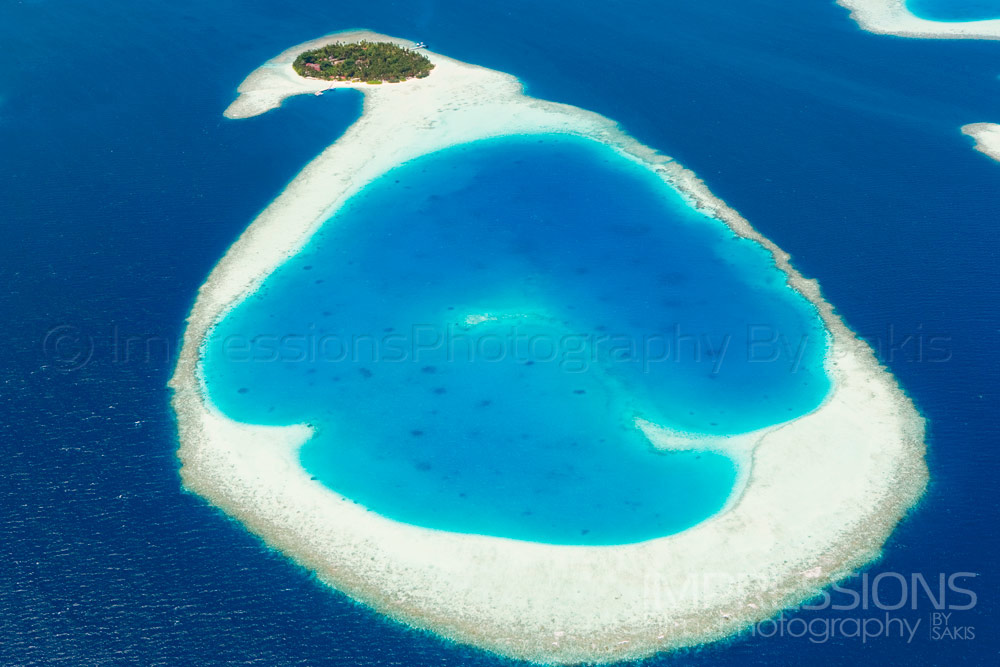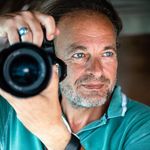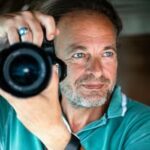An aerial photo shoot from a plane or helicopter is challenging. Here is what you need to know before you fly.

What you need to know before you go on an aerial photo shoot from a plane or a helicopter
If you plan to shoot from a plane or a helicopter, here are some factors to consider :
You are Limited Space and Movement: Depending on the aircraft, you may have limited space to move around or position yourself for the best shot. This can make it challenging to frame your subject effectively. Plan ahead and communicate with the pilot or crew to ensure you have enough space and flexibility to capture your desired images.
You will experience Vibration and Movement: Aircraft, especially helicopters, can have vibrations and movements that make it challenging to keep your camera steady. This can result in blurry images if you’re not careful. To mitigate this, use image stabilization techniques ( yes, keep your breath and get a strond handling on your camera does help a lot ) or a lens with built-in stabilization. Fast shutter speeds can also help freeze motion and reduce the impact of vibrations.
Be aware of Window Reflections ! For my aerial photo shoots from aircrafts I always photograph from an open door if possible. Otherwise I only shoot from the cockpit my window open.
If you have no choice than shooting from inside the aircraft, reflections on the windows will be an issue. These reflections can degrade the quality of your images or cause unwanted glare. To minimize reflections, sit close to the cleanest and less damaged window, press your lens against it, and shoot at an angle perpendicular to the window to reduce the impact of reflections.
Aerial shot captured from a seaplane window
22 years ago, I took my first aerial photo. It was in Maldives. Back then, there were no drones, so the only options to get such pictures were using a seaplane or a regular plane. This is one of my first aerial image, shot in South Male Atoll, from a Twin-Otter seaplane window.

Shoot in RAW format for fast-changing conditions: Aerial photography often involves rapidly changing lighting conditions, including different angles of sunlight, reflections and shadows on the ground. Be prepared to adjust your camera settings quickly and make use of exposure compensation to adapt to these changing conditions. Shooting in RAW format can also give you more flexibility in post-processing to fine-tune the exposure and color balance.
Safety Considerations: When photographing from aircraft, prioritize safety at all times. Follow any guidelines or regulations provided by the pilot or crew. Secure your equipment properly and be mindful of your surroundings to avoid any accidents or damage.
Equipment Considerations: Depending on the type of aerial photography you plan to pursue, you may need specific equipment. This can include wide-angle lenses for capturing expansive landscapes, telephoto lenses for isolating details, or specialized equipment like drones for low-altitude aerial photography. Consider the specific needs of your photography goals and invest in the appropriate gear.
But remember, everything is possible, I made my first aerial photos with a Bronica, my analog Canon always by my side too !
Today, I proudly hold an EASA Licensed Drone Pilot certification, and I must confess that it a remarkable tool. Drone photography presents numerous advantages—it’s more accessible, cost-effective, and delivers visually captivating results. However, the differences between aerial photography and drone photography remain significant, with crucial factors such as altitude restrictions and limited zoom capabilities, which can’t fully replicate the advantages of aerial photography from traditional aircraft.
Read more : Aerial photography VS Drone photography from my point of view.









